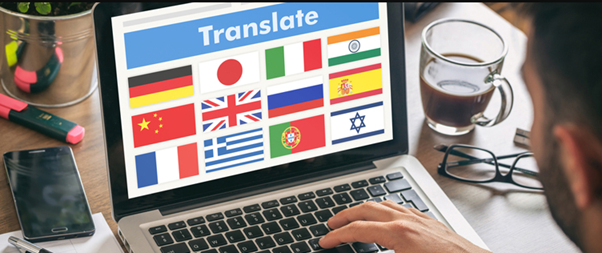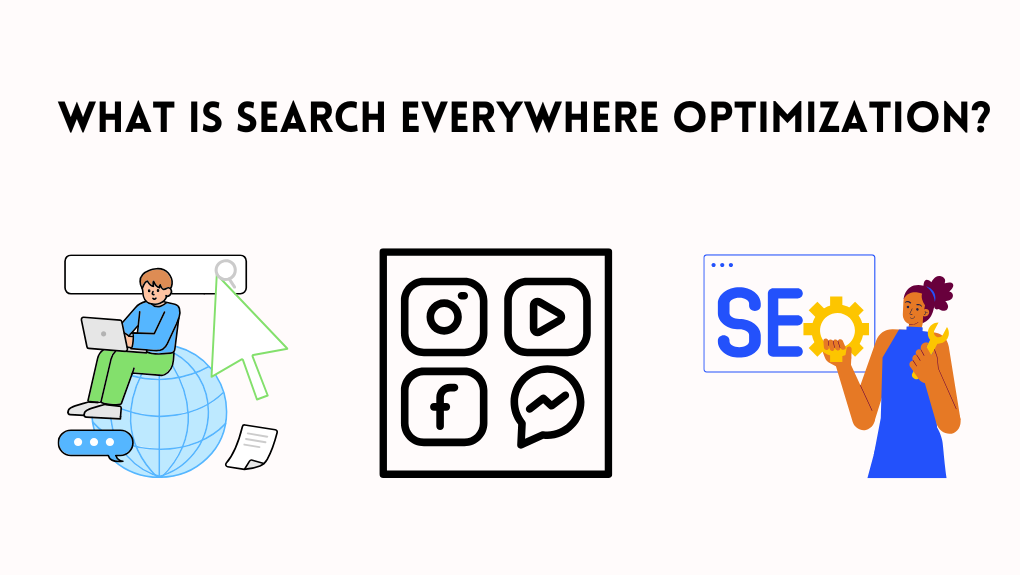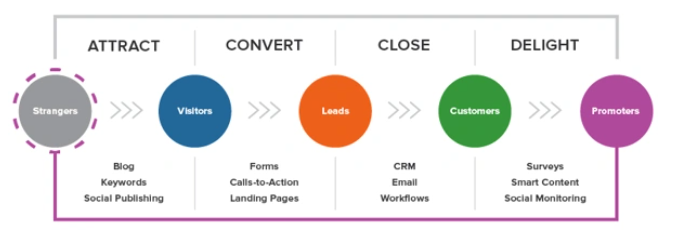How Video Translation Can Enhance Corporate Training Programs
In today's globalized business landscape, corporate training programs play a pivotal role in equipping employees with the necessary skills and knowledge to succeed. As organizations expand their operations internationally, language barriers can pose significant challenges in delivering effective training materials to a diverse workforce.
This is where the power of AI video translation, specifically how to translate Korean videos to English, becomes invaluable. AI video translation offers numerous benefits over traditional translation methods, particularly in terms of quality and speed. In this article, we will explore the positive impact of AI video translation on corporate training programs, highlighting its ability to improve learning outcomes, promote inclusivity, and streamline training processes.
A. Improved Learning Outcomes

High-quality training materials are essential for effective learning. With AI video translation, organizations can ensure that their training videos, including those in Korean, are accurately translated to English. This ensures that employees across different linguistic backgrounds can understand the content fully. By providing translated videos, AI video translation enhances comprehension and engagement, leading to improved learning outcomes. Employees can grasp concepts more effectively, apply their knowledge to their roles, and contribute to the success of the organization.
B. Promoting Inclusivity
Diversity and inclusivity are fundamental values in today's corporate environment. However, language barriers can hinder the participation and engagement of employees who are not fluent in the training language. Let’s say you’re using a service like Remote to onboard a UK-based employee into your Korean company. It’s crucial that your training materials are available in the right language, reflecting the inclusive culture of your organization. This will ensure that all team members feel valued and engaged throughout the onboarding process.
AI video translation addresses this challenge by enabling organizations to translate Korean videos to English effortlessly. By providing translated videos, organizations promote inclusivity and ensure that all employees, regardless of their language proficiency, have equal access to training materials. This fosters a more inclusive and supportive learning environment, where everyone can participate and contribute their unique perspectives.
C. Streamlining Training Processes
Traditional translation methods can be time-consuming and resource-intensive, leading to delays in delivering training materials. AI video translation offers a streamlined solution that significantly reduces turnaround time. With advanced algorithms and machine learning, AI video translation can efficiently translate Korean videos to English with remarkable speed and accuracy. Organizations can quickly produce translated training materials, allowing them to stay ahead of schedule and deliver timely training programs. This efficiency in the translation process saves valuable time and resources, enabling organizations to focus on other critical aspects of their training initiatives.
D. Consistency in Training Delivery
Consistency is crucial in training programs to ensure that all employees receive the same information and experience regardless of their location. AI video translation provides a standardized approach to translation, ensuring consistency in the delivery of training content. Organizations can rely on AI video translation platforms to produce consistent and accurate translations of their training videos. This consistency helps to maintain the integrity and effectiveness of the training programs, regardless of the language in which they are delivered.
E. Cost-Effectiveness
AI video translation offers a cost-effective solution compared to traditional translation methods. The automated nature of AI video translation reduces the need for human translators and minimizes associated costs. Organizations can leverage AI video translation platforms to translate their Korean videos to English at a fraction of the cost of online translation services. This cost-effectiveness allows organizations to allocate their training budgets more efficiently and reach a larger audience with their training programs.
Conclusion
AI video translation has revolutionized corporate training programs by breaking down language barriers and enhancing learning experiences. Its ability to translate Korean videos to English with exceptional quality and speed ensures that training materials are accessible to a global workforce. By improving learning outcomes, promoting inclusivity, streamlining training processes, ensuring consistency, and offering cost-effective solutions, AI video translation empowers organizations to deliver effective and impactful training programs.
As businesses continue to expand internationally, AI video translation will play an increasingly vital role in enhancing corporate training and driving the success of organizations in the global marketplace.






